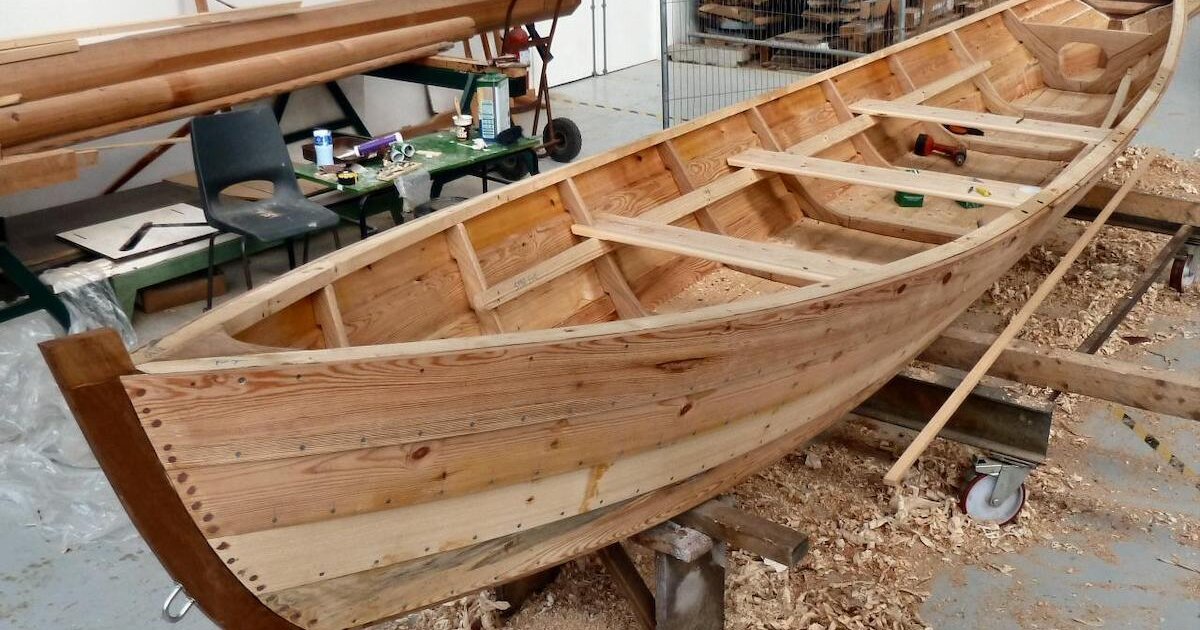Best Materials for Wooden Boat Building That Will Last

Beyond the Usual Suspects: Unveiling the Next Generation of Wooden Boat Building Materials
Building a wooden boat is a labor of love, a testament to craftsmanship, and a commitment to a timeless tradition. But choosing the right wood is critical to ensuring your masterpiece not only looks stunning but also withstands the relentless assault of the sea for decades to come. While traditional choices like cedar and mahogany are well-established, this article delves beyond the familiar, exploring lesser-known options and innovative approaches to material selection and treatment, offering new perspectives for hobbyists, professionals, and institutions alike.
The Age-Old Question: Beyond Cedar and Mahogany â€" What Else is Out There?
The usual suspects â€" cedar, mahogany, oak â€" offer excellent properties, but their availability, cost, and sustainability are increasingly becoming concerns. So, let's explore some alternatives.
Q: What about sustainably sourced hardwoods from lesser-known regions?
A: The global timber market is vast. Researching sustainably harvested hardwoods from regions like South America (certain species of Ipe, for instance), or even exploring responsibly managed forests in Southeast Asia, can uncover strong, durable options with a smaller environmental footprint. However, thorough due diligence is crucial to ensure legality and sustainability certification. Look for FSC (Forest Stewardship Council) certification as a key indicator. The added benefit? These woods often boast unique grain patterns and colors, offering beautiful aesthetic possibilities.
Q: Can we utilize engineered wood products in boat building?
A: Traditionally, the answer has been a resounding "no," due to concerns about moisture resistance. However, advancements in composite materials are changing the game. Consider marine-grade plywood with advanced resin systems that offer superior water resistance and strength-to-weight ratios. While not a replacement for solid wood in all applications, strategic use of engineered wood in bulkheads, decks, or internal framing can significantly enhance a boat’s durability and construction efficiency, reducing overall weight.
Beyond the Wood: Innovative Treatments and Preservation Techniques
Even the finest wood needs protection. Let's move beyond traditional varnishes and explore some cutting-edge solutions.
Q: Are there eco-friendly alternatives to traditional wood preservatives?
A: Yes! Research into natural oil-based preservatives, utilizing plant extracts and modified vegetable oils, is yielding promising results. These can offer comparable protection to traditional chemical treatments without the associated environmental concerns. While the longevity of these treatments may still require further long-term testing, they represent a significant step towards more sustainable boat building practices. Furthermore, the use of UV inhibitors in topcoats extends the life of the wood significantly.
Q: How can we leverage nanotechnology for enhanced protection?
A: Nanotechnology offers exciting possibilities. Researchers are exploring the use of nano-coatings that create a hydrophobic barrier, repelling water and preventing moisture penetration. These coatings could significantly enhance the lifespan of the wood, reducing the need for frequent maintenance. While still relatively new in this application, this represents a potential revolution in wood preservation for marine environments.
A Real-World Example: The Case of the "Resilient Rover"
Consider the "Resilient Rover," a small sailboat built by a dedicated hobbyist. Instead of relying solely on traditional mahogany, he incorporated sustainably sourced Ipe for the hull planking, combining it with marine-grade plywood for internal structures. He used a combination of natural oil-based preservatives and a UV-resistant topcoat. Two years after its launch, the "Resilient Rover" has proven incredibly robust, showcasing the potential of these innovative approaches. This isn't merely anecdotal; it highlights the practical application of these new ideas.
Conclusion: Embracing Innovation for a Sustainable Future
The future of wooden boat building lies in a balanced approach, combining the beauty and craftsmanship of traditional techniques with the innovation and sustainability of modern materials and treatments. By exploring lesser-known hardwoods, utilizing engineered wood strategically, and embracing eco-friendly preservatives and cutting-edge technologies, we can create boats that are not only stunning but also durable, environmentally responsible, and built to last for generations to come.
0 comments:
Post a Comment